EYFS解析 | 桑庐幼儿园如何帮助孩子取长补短
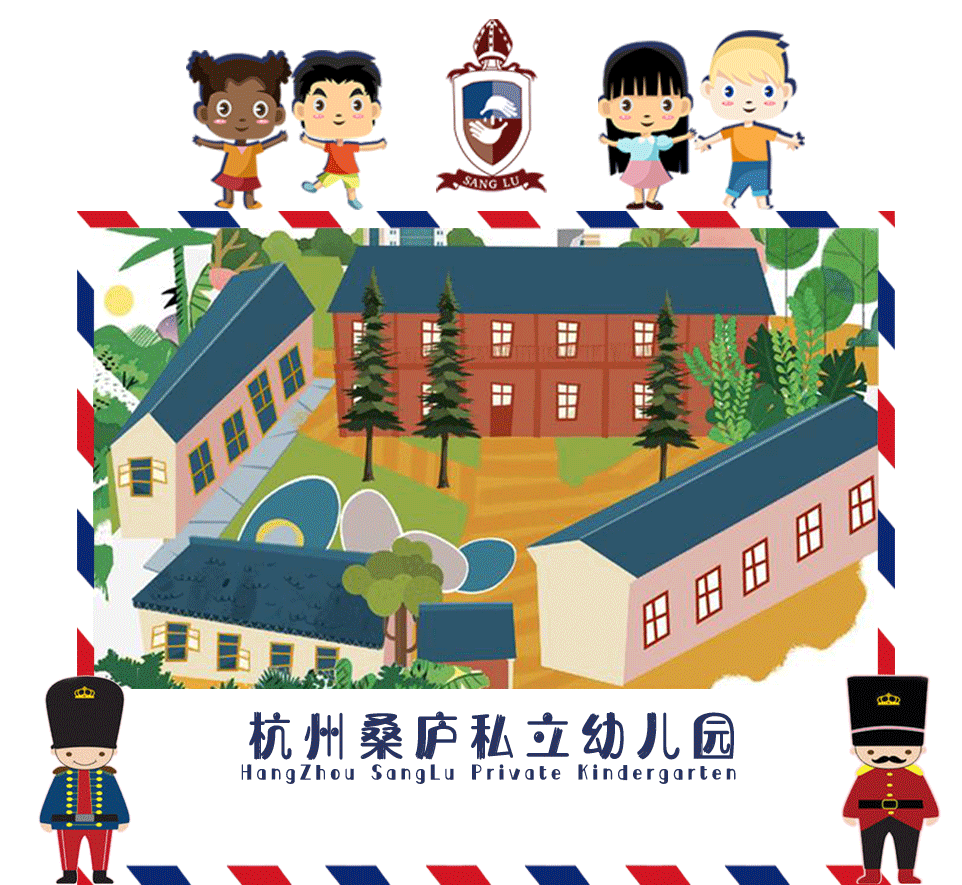
在管理学上有一个著名的“木桶理论”,指用一个木桶来装水,如果组成木桶的木板参差不齐,那么它能盛下的水的容量不是由这个木桶中最长的木板来决定的,而是由这个木桶中最短的木板决定的,所以它又被称为“短板效应”。
There is a famous "barrel theory" on management which means to hold water in a barrel and if the board of barrel is uneven, the water volume it can hold is not determined by the longest wood casks, but decided by the the shortest plank in the bucket, so it is also known as "short board effect".
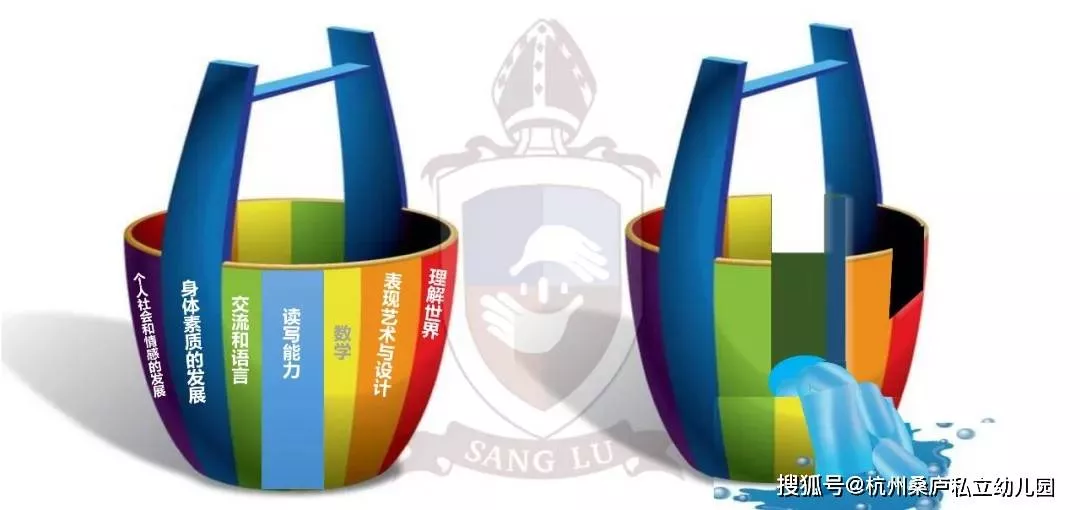
但换一角度来看,当你把桶倾斜,会发现能装最多的水决定于你的长板(核心竞争力),所以当你有了一块长板,围绕这块长板展开布局,你能有更多可能性。
But on the other hand, when you tilt the bucket, the maximum amount of water you can hold depends on your longest board (core competency), so when you have a long board and spread out around it, you can have more possibilities.
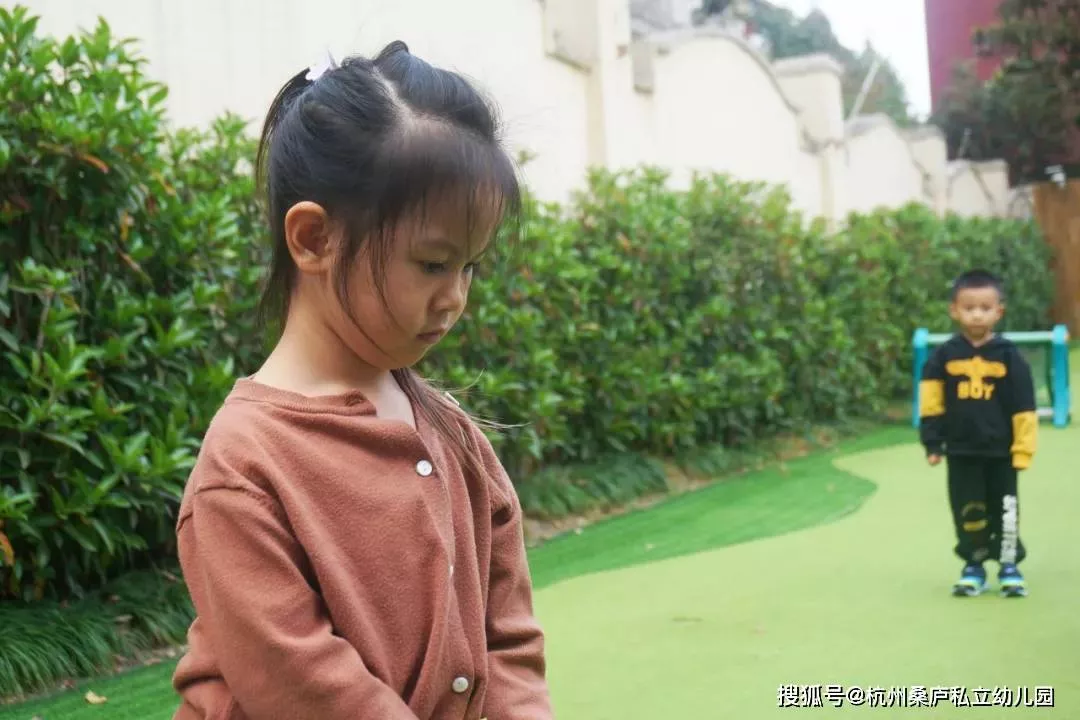
如果你同时拥有系统化的思考,你就可以用多样的方式,补足你其他的短板。
If you have systematic thinking, you can complement your other weaknesses in a variety of ways.
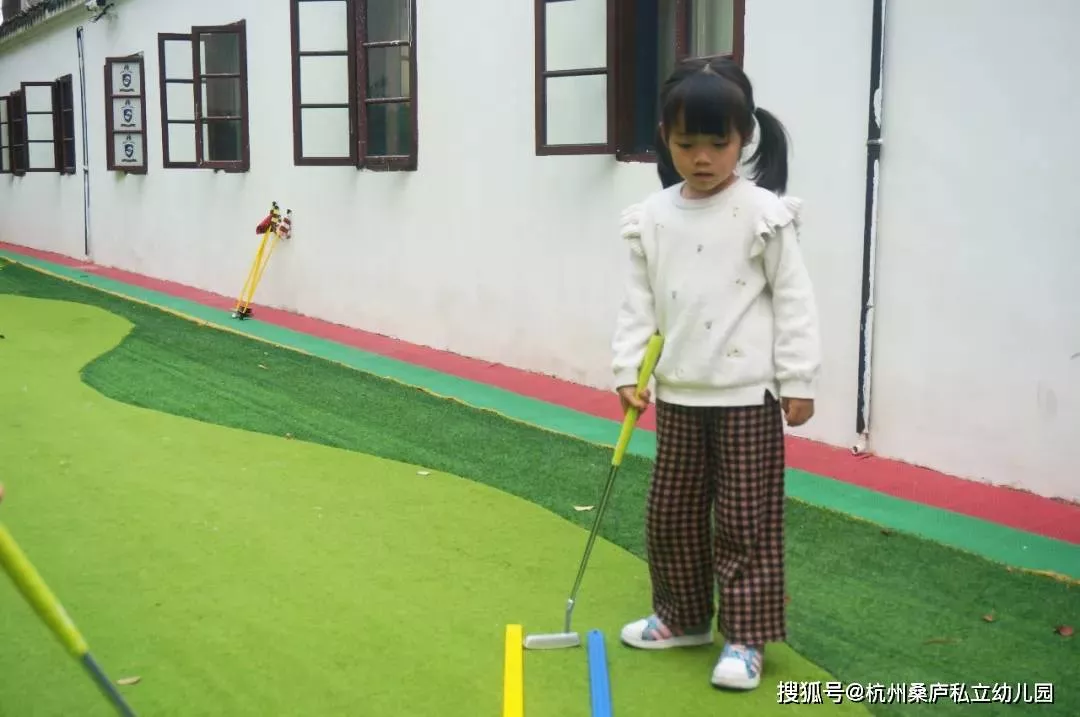
也就是说:一只木桶能装多少水,由最短的木板决定;而一只木桶可以装多少水,由最长的木板决定。
That is to say: how much water a bucket can hold is determined by the shortest plank; And how much water a bucket is allowed to hold is determined by the longest board.

如果将木桶理论和长板理论结合起来运用至教育中,桑庐认为那就是“取长补短”。
If the barrel theory and the long board theory are combined and applied to education, Sang Lu believes that it is ‘MAKE GOOD FOR DEFICIENCY’.
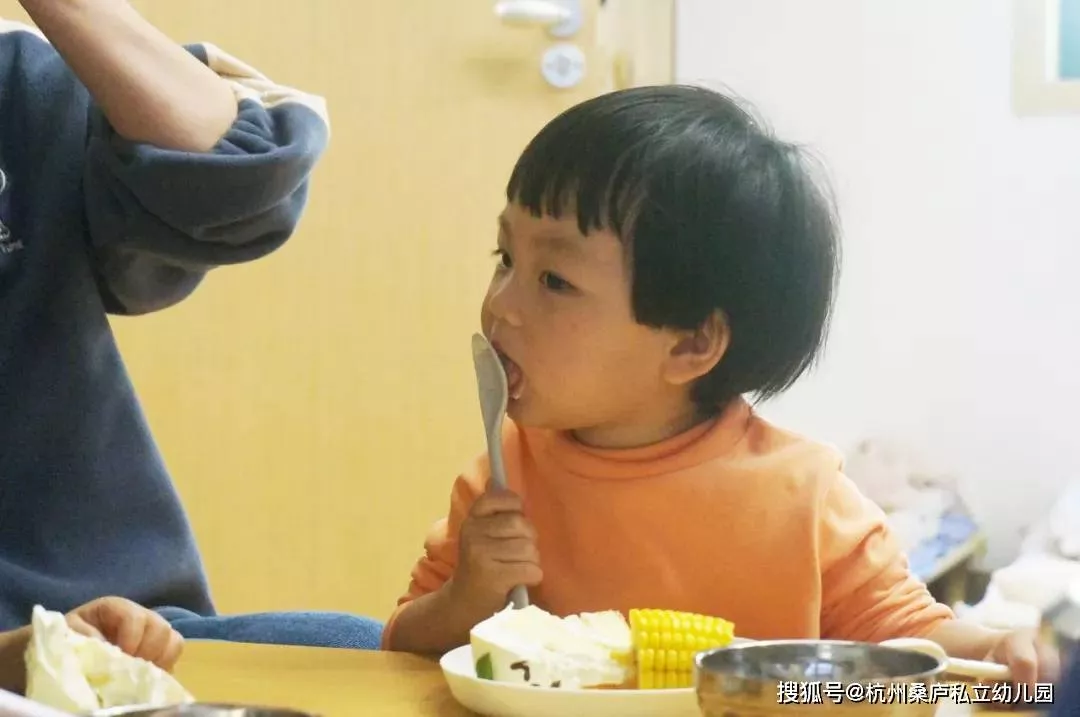
孩子在学习发展的过程中,由于环境、自身因素等主客观原因难免有些许的不同:有些语言环境好的孩子可能在英语方面有较好的优势,有些对数字不敏感的孩子可能数学能力不强...
In the process of learning and development, children’s abilities are inevitably different due to the environment, their own factors and other subjective and objective reasons, some children may have a better advantage in English because of a good language environment , and some children are not sensitive to Numbers and may not have a strong mathematical ability...
老师的任务不仅需要帮助孩子学习数学, 也要更好地发展孩子的语言能力。如何“取长补短”?就桑庐而言,我们实行差异化教学的解决方式:在七大领域能力的基础上,依据关键人对孩子观察-评估结论,针对孩子能力发展做教学辅助计划。
How to learn from each other? As far as Sang Lu is concerned, we implement the solution of differentiated teaching: based on the ability of the seven areas, according to the observation and evaluation conclusions of key persons on children, we make teaching assistance plan for the children's ability development.
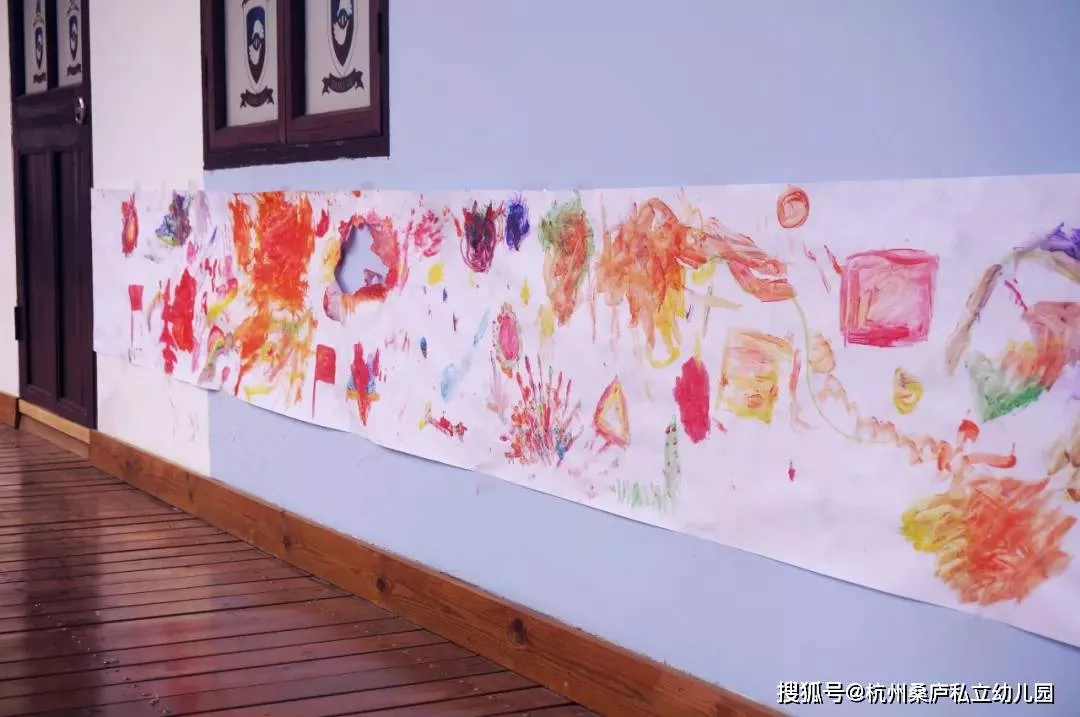
班里孩子的英文水平差异大,利用最近发展区原理,支持到孩子的语言发展,老师们进行了差异化教学。根据语言能力分成两至三个小组开展教学活动。
The English level of the children in the class is very different, using the principle of zone of proximal development to support the language development of the children, the teachers conducted differential teaching. Divide into two or three groups according to language ability to carry out teaching activities.
英语基础好的孩子平日里关键人找机会和孩子一对一英文对话交流,其他老师跟这些孩子全英文沟通交流;
In daily life, key caregivers seek opportunities to communicate with children in English one-by-one. And other teachers communicate with these children in English.
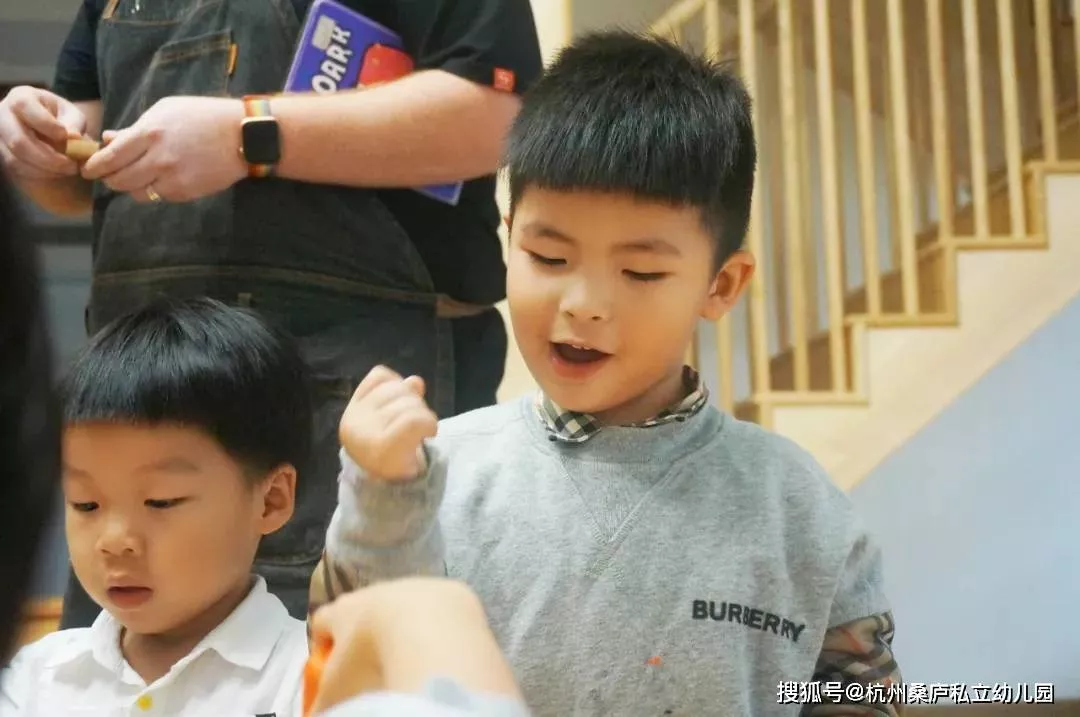
小组活动时,根据能力情况设置不同的任务,运用更丰富的语言句式和孩子英文交流,鼓励孩子用完整句子表达。在阅读时间,鼓励孩子当小老师,为大家读英文分级读物。
In group activities, teachers set different tasks according to children’s different abilities and communicate with children in English with more abundant language sentence patterns, and also encourage children to express themselves in complete sentences. During reading time, teachers encourage children to be young teachers and read graded English books for everyone.
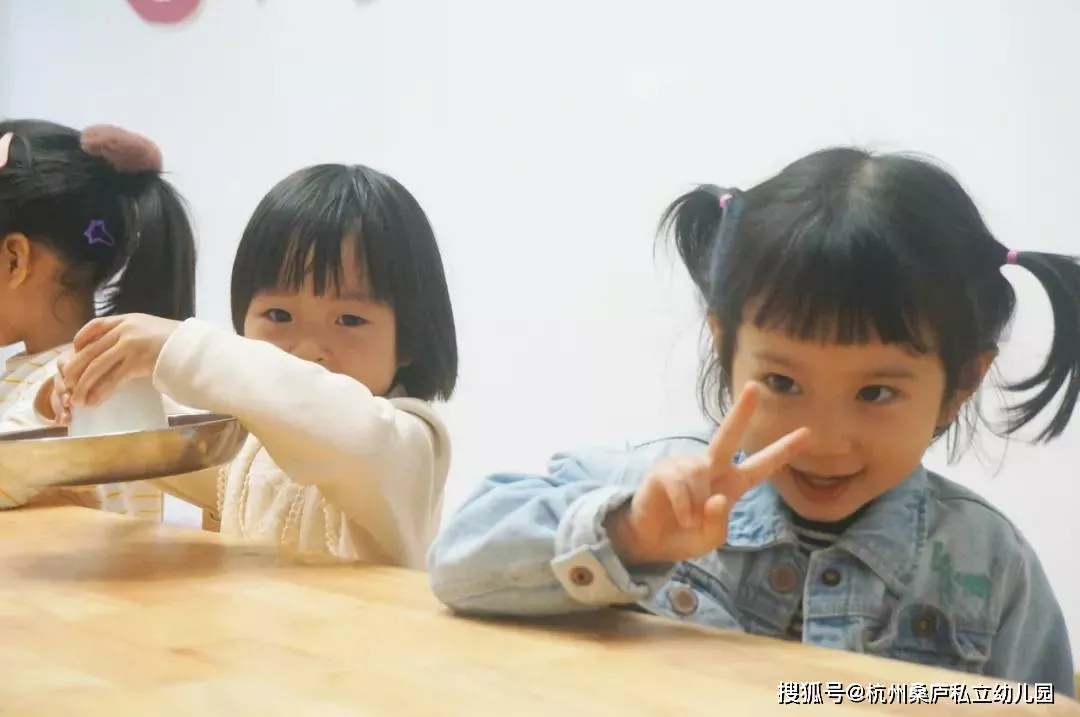
平日里关键人有意识重复关键词汇,其他老师跟孩子交流时先用英文,必要时翻译。
In daily life, key caregivers consciously repeat key words. When other teachers communicate with children, they should use English first and translate when necessary.
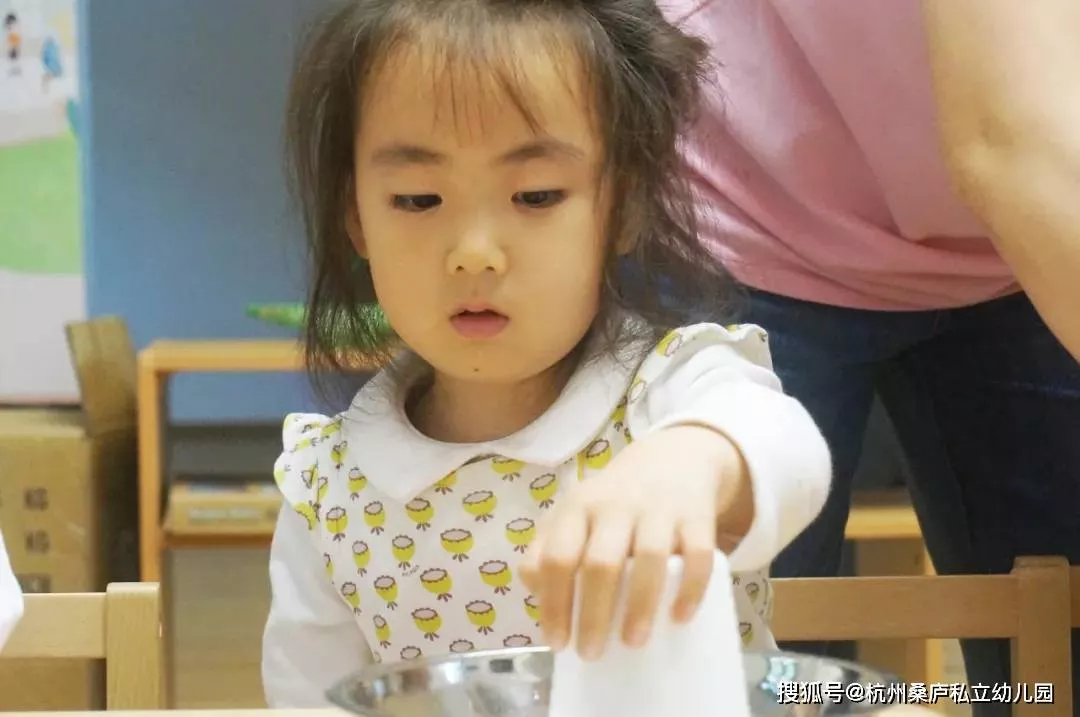
鼓励孩子重复所说的词汇或者短语,经常重复常规的英语句式,便于孩子掌握。小组活动中,强调对重点词汇的掌握。给予必要的翻译和解释。
Encouraging children to repeat the words and phrases and English sentence patterns frequently to help children master them. In group activities, emphasis is placed on the mastery of key words. Providing translation and explanation is neccessary .
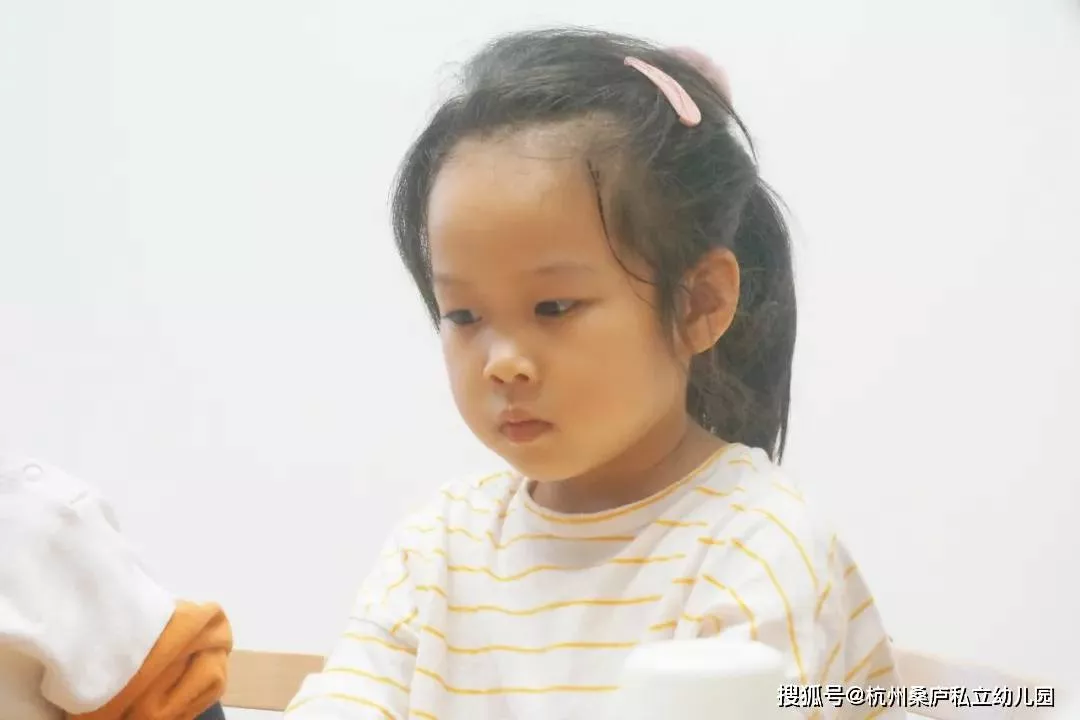
看出来了么?在桑庐,我们不抑长,也不弊短,而是直面孩子的差异性,根据孩子的不同情况做教学计划,这是桑庐实践个性化教学的重要体现。
Can you see it? In Sanglu, we do not encourage to adopt children’s good points and also do not avoid their shortcomings, but face up to the differences of children and make teaching plans according to their different situations, which is an important embodiment of personalized teaching practice in Sanglu.
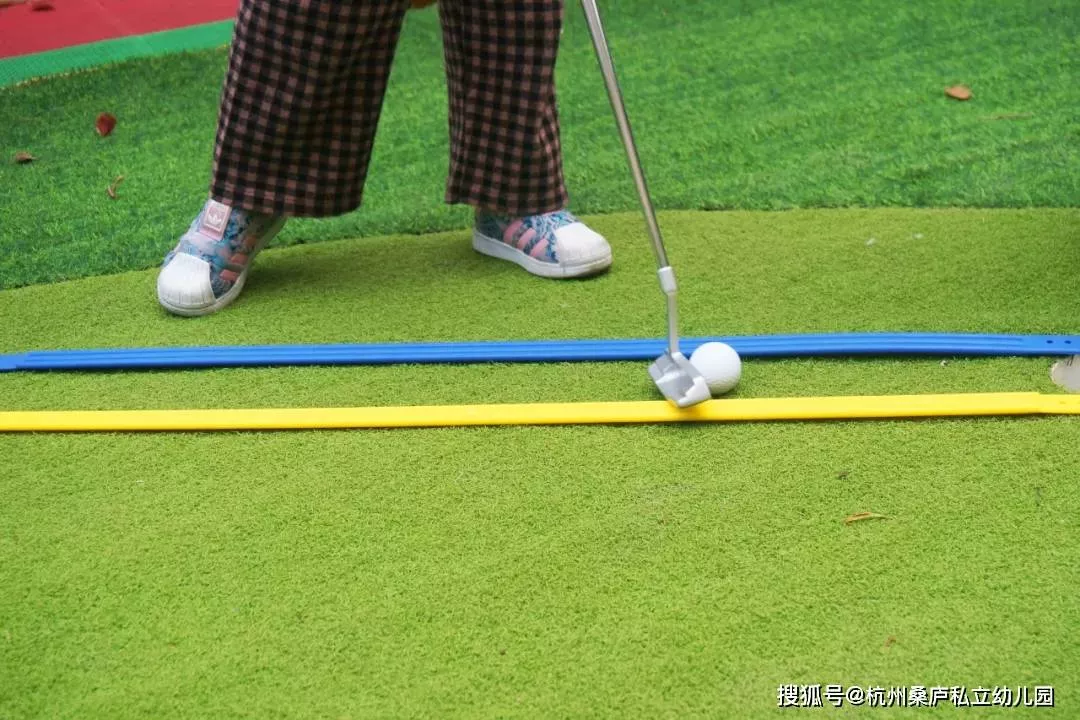
无论是取长处,还是补短板,桑庐都是根据EYFS制定的幼儿能力发展标准来做的。
Regardless of strengths or weaknesses, Sanglu does it according to the standards of early childhood ability development set by EYFS.
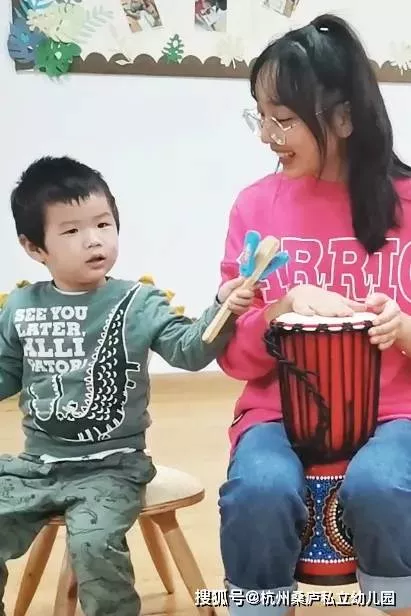

这个发展标准将0-6岁的孩子分为:“0-11个月”、“8-20个月”、“16-26个月”、“22-36个月”、“30-50个月”、“40-60+个月”共6个育龄阶段。
The developmental standard divides children aged 0-6 into six age groups: 0-11 months, 8-20 months, 16-26 months, 22-36 months, 30-50 months and 40-60+ months.
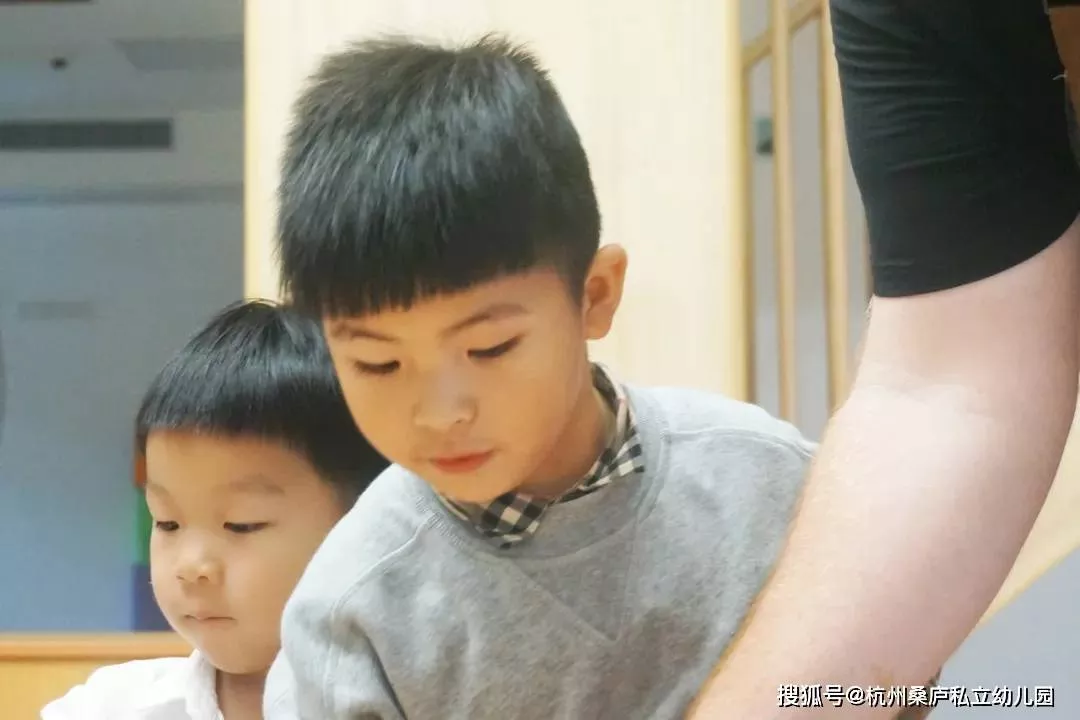
每个阶段将对应EYFS七大领域的能力又细分为28项早期教育目标,117个评价标准。
At each stage, competencies in the seven EYFS domains were subdivided into 28 early education goals and 117 evaluation criteria.
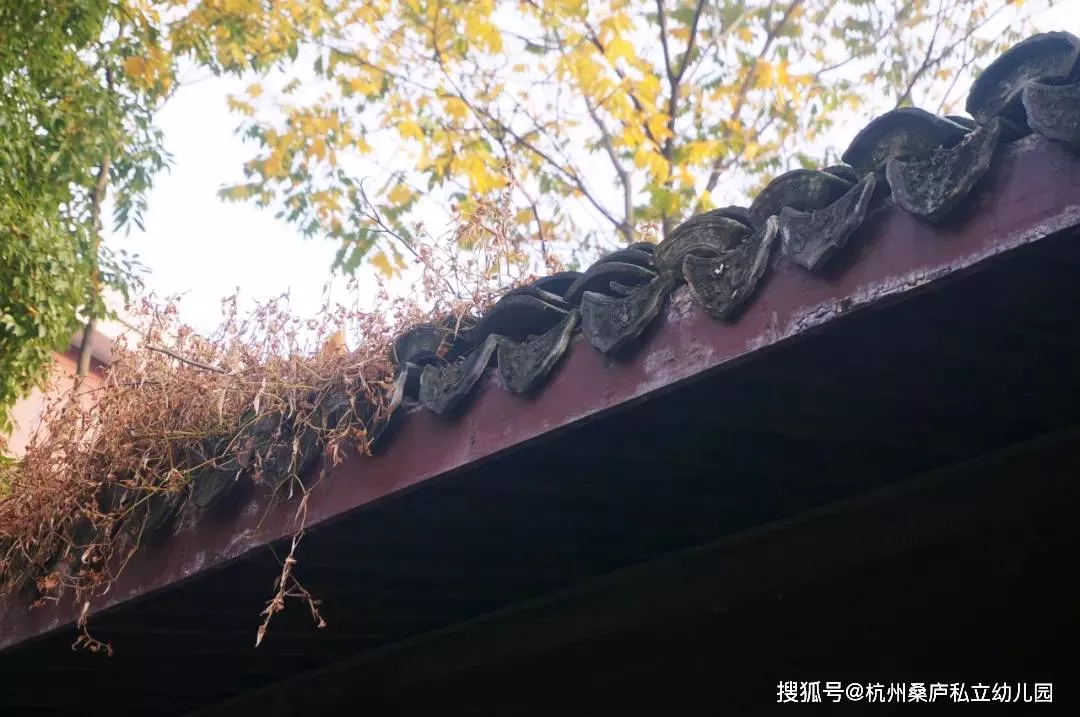
详实的发展目标让老师们更有针对地帮助孩子持续的学习与发展,加持观察-评估-计划的教学闭环,巩固孩子学习成长的每一步。
Detailed development goals which teachers help children continue learning and developing in a more targeted way, together with teaching loop named the observation - assessment - planning consolidate every step of the children’s learning and growth.
图文:Hong
翻译:Sophia
排版:Hong
审核:Alex
杭州桑庐私立幼儿园外宣部
END如果想进一步了解,我们很高兴为您提供面对面交流的机会,您可以了解我们的教育理念,课程,幸福关怀等方面的信息~

Hash:ac6807a3356673290721664cfd7fbaeebefa5817
声明:此文由 杭州桑庐私立幼儿园 分享发布,并不意味本站赞同其观点,文章内容仅供参考。此文如侵犯到您的合法权益,请联系我们 kefu@qqx.com


